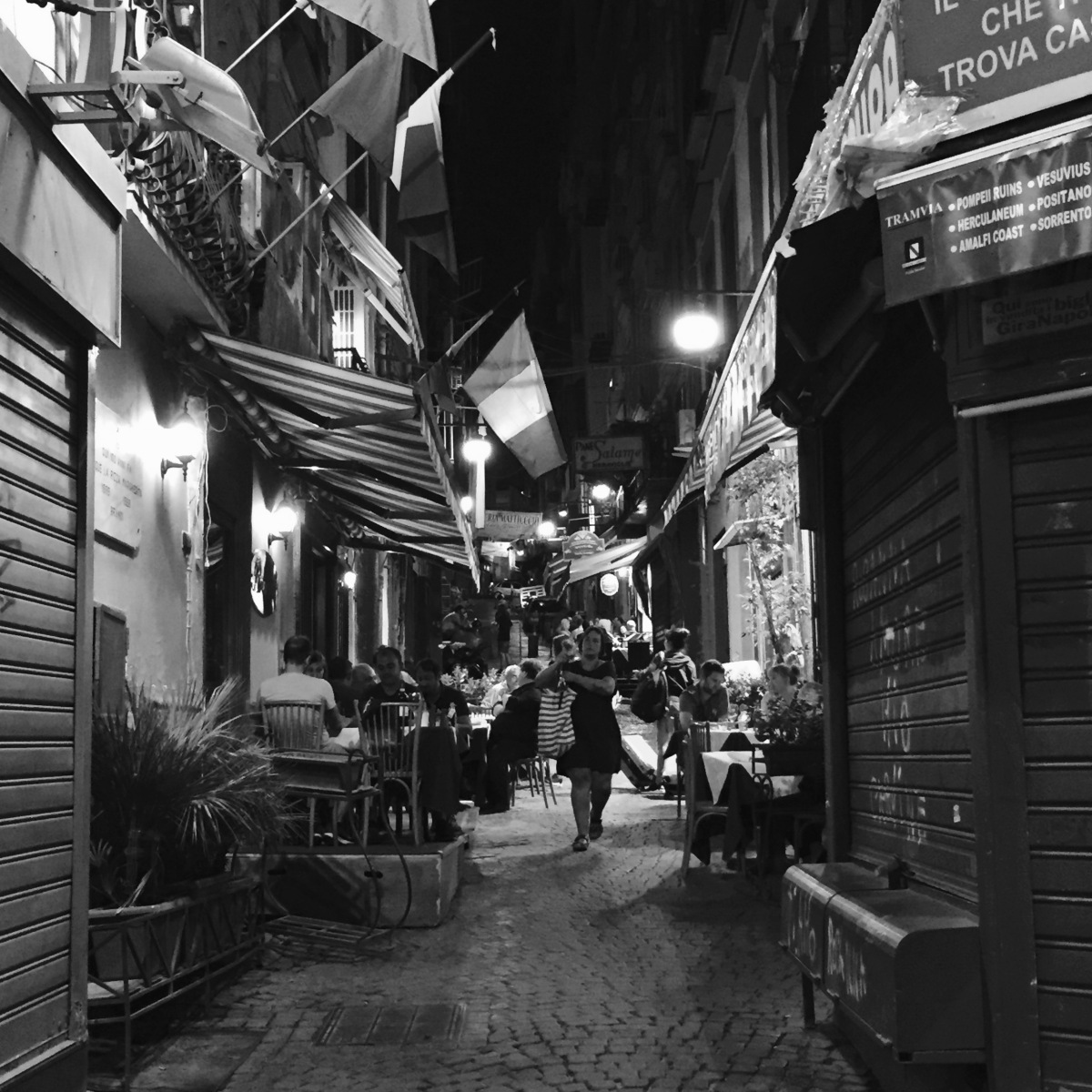I began to use my new-found philosophy prior to what I pegged as my “Vulcano Adventure” to southwest Italy and Sicily. And it all started with an old book.
During my Diploma studies with the WSET I often strayed away from my exam study syllabus and found myself hours later, twelve layers deep into the subject in what I could best call “shredding through the irrelevant minutiae that would never be on any test. On one occasion, I found myself in an online used book store. It was there that I discovered an old & forgotten wine & travel writer. When I received his book on Port it was his combination of prose and fact which was a delightful break from the intense and often dry study required by the syllabus. It was while lost along the 50’s era Douro river on a sunny harvest afternoon described to the most delicate detail by Rupert Croft-Cooke, that I realized it wasnt just wine that I loved. It was the combination of culture, history, geology & viticulture that intrigued me—pursued me— with the flavors and textures of the resulting wines serving as the rapturous reward for paying attention.
Before leaving for Naples, I found an old copy of Peter Gunn’s book, Naples: a Palimpset (1961) and found a duo of old movies on FilmStruck from Ingrid Bergman and Roberto Rossellini that seemed like essential viewing: Stromboli (1950) —their first collaboration on film and Journey to Italy (1954). And yes, I channeled Dean Martin and Rosemary Clooney on Spotify with the requisite 50’s era cheesy Italian-esque chansons.
In the first few pages of Peter Gunn’s book, he spends a good deal of time talking about how much Naples gets ignored—dismissed even— by both international travelers and Italians themselves. Admittedly, he shared, its a difficult place to immerse yourself into but its charms, apparently, became deeply ingrained among those who are up to the task. He tells of how the most famous view—shown on all the postcards— which captures “Naples” with its shoreline rolling in from the left leading to Vesuvius on the right is actually captured from a vantage point outside of the city. In that view, the city itself is omitted leaving it neatly tucked away in the bay out of view.
Stromboli, an intriguing film I had never seen, showcases the character of a man who uses what seems like a bit of a trickery to convince Ingrid Bergman to marry him. Through a language barrier she intuits the promise of a lush and idyllic island as their home only to find a barren, volcanic rock far removed from the mainland as the reward for her opportunistic motivate in marrying the eager young man. The cast of characters on the island, including the ground itself, are as dark and gloomy as the black & white film itself. The question becomes whether he lied knowingly or if rather it represents an entirely different way of seeing the world. In Journey to Italy, set in Naples, is home to a secret hideaway left to Ingrid Bwrgman’s character by a dead uncle. The setting becomes this dark backdrop chronicling the slow decay of her marriage. With forgotten memories brought to light by the art, the chaos and mysterious culture traditions of Naples one wonders if their decay is organic or brought on by the setting itself.
In the opening chapter of Peter Gunn’s Naples, he questions whether readers understand the difference between being a tourist or a traveler: tourists tend to seek out those places (to stay, eat and visit) that make them feel most comfortable—that seem most familiar to them and fulfill their expectations of a place. The traveler will let their guard down and let a place come to them rather than them to it. After my introduction through written word, film and music I knew that if I let it, this journey could be quite the adventure.
